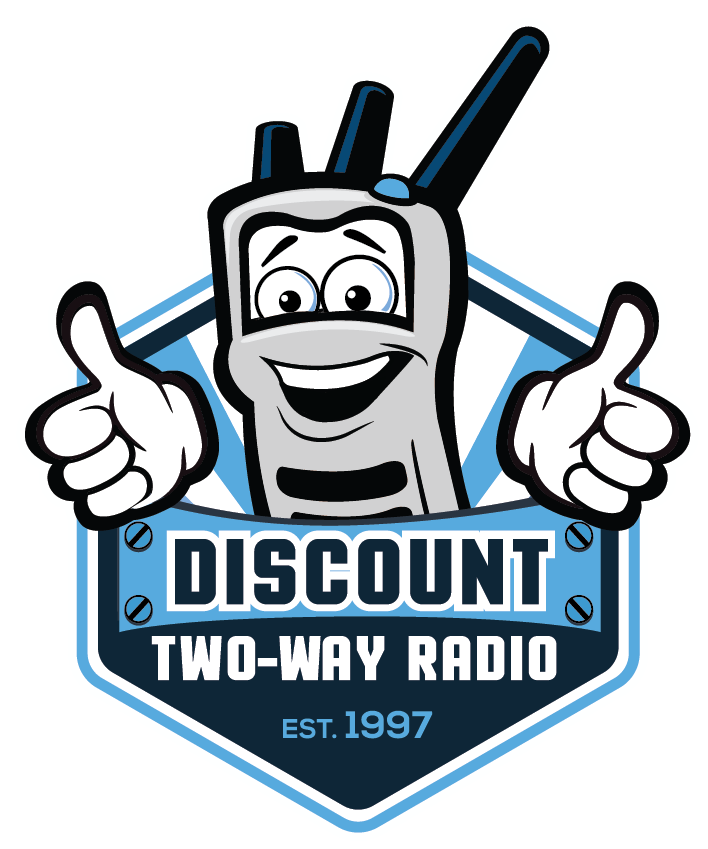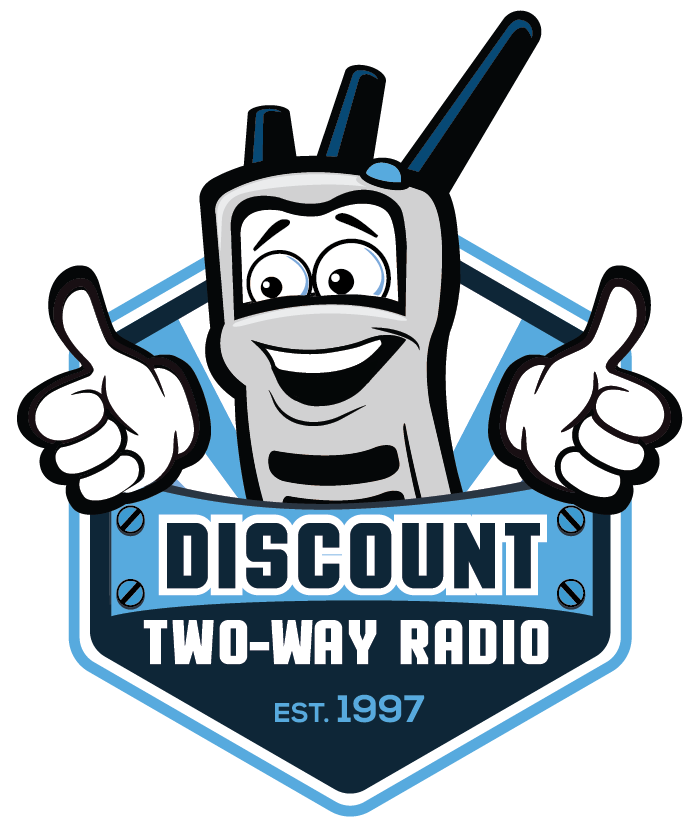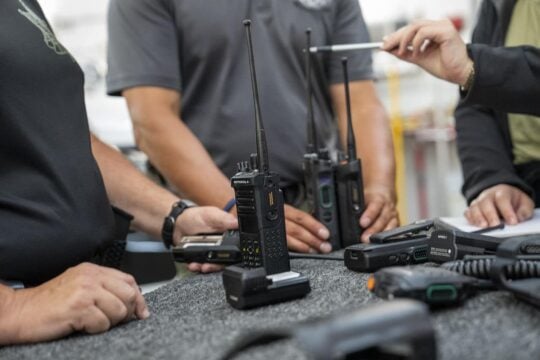
Can Analog and Digital Radios Work Together?
Question: My commercial two-way radio rep said that I have to throw out all of my old analog radios because they won’t talk with today’s options. Is that true?
Answer: Yes and no, and I say that for a couple of reasons. First, it may be true that analog and digital radios can operate on the same frequencies, but the way they transmit sound is not compatible. Analog transmits your actual voice, while digital converts it to computer language. Second, because of the benefits of going digital, most two-way radio vendors no longer offer analog units. There are some options out there that come with mixed mode, which allows the user to connect to analog and digital units interchangeably. (In other words, Channel 1 is digital, Channel 2 is analog, and so on.) But purchasing these would only be a temporary solution as you begin to phase out your old units, and you’d still have to go all digital eventually.
Before making that switch, keep in mind what frequencies you currently operate on. Brand doesn’t matter, but understanding your frequency range will help you choose specific models that have been designed to work on them best.
What’s Your Frequency Band?
Due to the wide range of radio frequencies, they’ve been broken down into several categories. For the purposes of two-way radios, you’ll only need to worry about two: Very High Frequency (VHF), which has a range of 30 to 300 MHz, and Ultra-High Frequency (UHF), which goes from 400 to 512 MHz. The reason for this separation isn’t simply for measurement’s sake — each band has different frequency patterns, and therefore different transmission performance.
Very High Frequency
Because VHF’s Hertz numbers are lower, the distance between each radio wave’s crest or trough is greater. This means that these waves can maintain signal strength over a wider area out in the open, from football fields to canyons and beyond, as long as their line of sight isn’t heavily obstructed. When large objects get in their way — buildings, forests, etc. — the less likely the signal will penetrate. That’s why the maritime and aviation industries rely on it, as do open work locations like fields, golf courses, or outdoor security.
Ultra-High Frequency
Compared to VHF, UHF radio waves are much shorter and pulse faster. They may not be able to travel as far, but they more than make up for it with signal strength, penetrating physical barriers like steel and concrete — or, in the case of the RCA RDR2500, a six-story building! This makes them ideal for any indoor setting, as well as thickly wooded areas or urban terrain.
The Bottom Line
Sooner or later, digital will be the way to go. But as long as you know the frequency you were assigned by the FCC, it isn’t hard to find the appropriate 2-way radios. We know a lot of people have stuck with their current vendors and our competitors because they thought brands weren’t compatible. In reality, you have far more cost-effective and durable options on the table — and when you’re ready, we’d be happy to show you.





No Comments